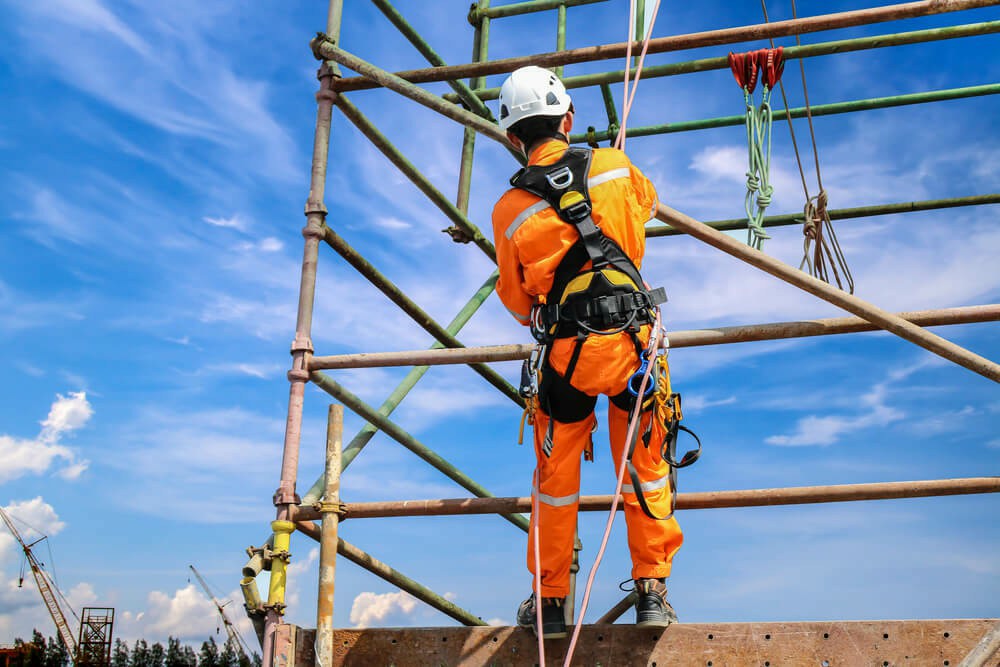


 349,500 Offered Certificates
349,500 Offered Certificates
 24/7 Online Training
24/7 Online Training
 Money Back Guarantee
Money Back Guarantee
 Fully Accredited Courses
Fully Accredited Courses

Created at: 22-02-2025 17:29
Working at Heights presents numerous risks, and one of the most crucial factors in ensuring safety is effective communication. It's essential to understand that even minor miscommunications can lead to serious accidents. In this blog, we will explore how clear instructions, teamwork, and emergency signaling contribute significantly to accident prevention in high-risk environments.
Communication in the workplace is a dynamic process that facilitates understanding and coordination among team members. In high-risk scenarios like Working at Heights, where the stakes are considerably higher, ensuring each member is on the same page can make the difference between safety and disaster.
Implementing effective communication strategies can drastically enhance safety levels when working at heights. Here's how:
When discussing safety measures, clear verbal communication is paramount. Workers must understand safety protocols and their roles. Non-verbal cues such as gestures or signals can also significantly support verbal instructions—especially in noisy environments.
A pre-task briefing ensures that all team members are informed about the objectives, hazards, and safety measures before starting any job. This session should include:
Effective teamwork combines individual strengths and promotes a culture of safety. Everyone must feel empowered to communicate concerns and report unsafe practices without hesitation. Techniques include:
In high-noise environments, relying on verbal communication alone is often inadequate. Incorporating standardized hand signals and visual markers can be a lifesaver:
Despite all precautions, emergencies can occur. Having a clear plan for emergency signaling is crucial to prevent injuries:
Implementing a culture of communication does not happen overnight. It requires commitment from all levels of the organization. Here are best practices for ensuring workers, supervisors, and safety managers are aligned:
All workers at heights should undergo comprehensive Working at Heights Training that emphasizes communication skills. Training should cover:
Conduct regular drills to ensure that all team members remain proactive and familiar with safety protocols. Refreshers on communication strategies can enhance overall team coherence.
Opt for various platforms such as a Working at Heights Course Online to accommodate different learning styles and schedules, ensuring all workers have access to essential training tailored to their needs.
Various industries have showcased the importance of effective communication. For instance, construction teams that implement daily briefings report a significant reduction in minor accidents, attributing success to improved coordination and clarity.
Effective communication is not just a tool; it is a foundation for safety in high-risk environments like Working at Heights. By prioritizing clear instructions, fostering teamwork, and establishing reliable emergency signaling, organizations can significantly minimize risks. Investing in Working at Heights Certification Ireland courses ensures all employees are adequately equipped to operate safely.
For individuals and businesses looking to enhance their safety protocols, consider enrolling in a Certified Working at Heights Training. For more information, feel free to reach out via email at [email protected].